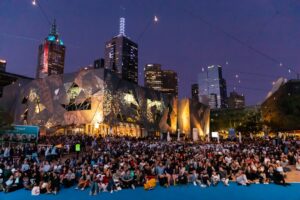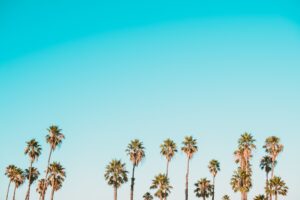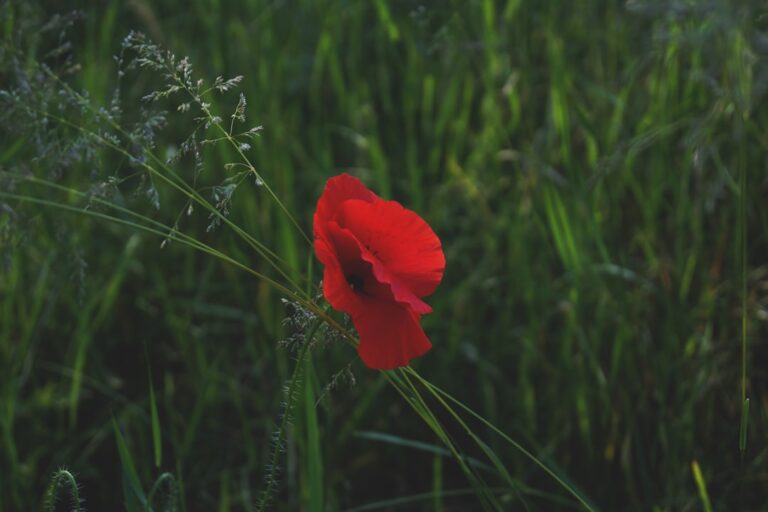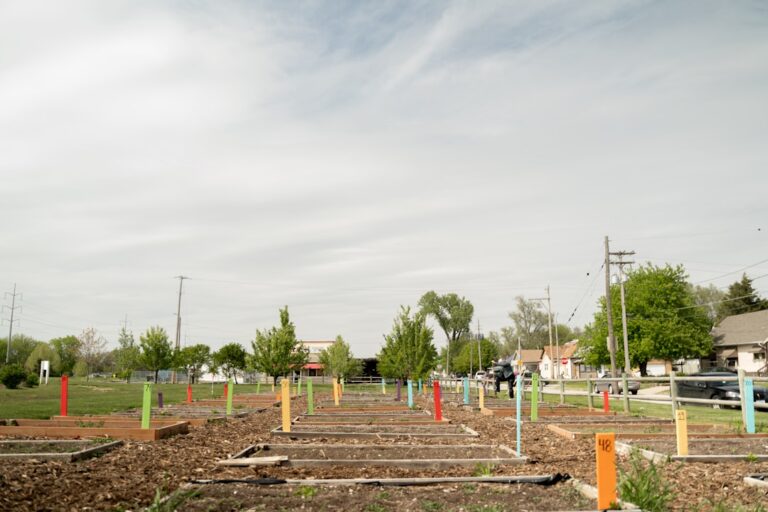The grass block is one of the most iconic elements in Minecraft, serving as a fundamental building block in the game’s expansive world. Introduced in the very first version of Minecraft, the grass block has undergone various changes and refinements since its inception. Initially, the game featured a simple terrain generation system, where grass blocks were primarily used to create the surface layer of the Overworld.
As players began to explore and manipulate their environments, the grass block became a symbol of the natural landscape, representing life and growth amidst the pixelated wilderness.
With updates introducing new biomes, features, and mechanics, the grass block has adapted to fit into a more complex ecosystem.
The introduction of biomes such as plains, forests, and savannas brought about variations in how grass blocks appeared and interacted with their surroundings. The addition of features like grass paths and different types of vegetation further enriched the role of grass blocks in gameplay. This evolution reflects not only the growth of Minecraft as a game but also the community’s desire for a more immersive and dynamic world.
Key Takeaways
- Grass blocks were added to Minecraft in its early stages, and have since become an iconic and essential part of the game’s landscape.
- Grass blocks serve as the foundation for natural terrain generation, providing a lush and vibrant environment for players to explore and build in.
- Grass blocks have hidden features such as spreading to adjacent dirt blocks, allowing players to manipulate and control their growth.
- Unusual uses for grass blocks include creating hidden entrances, camouflage for structures, and even as a decorative element in building designs.
- Grass blocks can be obtained by using a silk touch tool, and can be farmed by creating a suitable environment for them to spread and grow.
The Functionality of the Grass Block
Grass blocks serve several essential functions within Minecraft, making them a cornerstone of gameplay. Primarily, they act as a surface for players to build upon, providing a solid foundation for structures ranging from simple homes to elaborate castles. The aesthetic appeal of grass blocks enhances the visual quality of builds, allowing players to create environments that feel more organic and connected to nature.
Additionally, grass blocks are crucial for farming; they allow crops to grow when tilled, making them indispensable for players looking to establish sustainable food sources. Beyond their role in construction and agriculture, grass blocks also play a significant part in the game’s mechanics related to light and growth. Grass blocks can spread to adjacent dirt blocks under certain conditions, allowing players to expand their grassy areas without needing to place additional blocks manually.
This feature encourages players to cultivate their landscapes actively, promoting a sense of stewardship over their virtual environments. Furthermore, grass blocks can support various flora, including flowers and tall grass, which contribute to the overall biodiversity within Minecraft’s ecosystems.
The Hidden Features of the Grass Block

While grass blocks may seem straightforward at first glance, they possess several hidden features that enhance gameplay and environmental interaction. One notable aspect is their ability to support different types of vegetation based on biome conditions. For instance, in a flower forest biome, players can find grass blocks adorned with an array of colorful flowers, while in a plains biome, they may encounter fewer floral varieties.
This biome-specific behavior adds depth to exploration and encourages players to seek out diverse environments. Another intriguing feature is the interaction between grass blocks and light levels. Grass blocks require a light level of at least 8 to maintain their green appearance; if they are shaded by other blocks or structures, they can turn into dirt blocks over time.
This mechanic introduces an element of strategy for players who wish to maintain lush landscapes or create shaded areas for specific builds.
Unusual Uses for the Grass Block
| Unusual Uses for the Grass Block | Benefits |
|---|---|
| Decoration | Can be used to create natural-looking landscapes in gardens or terrariums |
| Soundproofing | Can be used as a natural sound barrier in construction projects |
| Insulation | Provides natural insulation for homes and buildings |
| Soil Erosion Control | Helps prevent soil erosion in landscaping and construction projects |
Beyond their conventional applications in building and farming, grass blocks can be utilized in some unconventional ways that showcase player creativity. One such use is in creating natural camouflage for hidden bases or traps. By strategically placing grass blocks around entrances or sensitive areas, players can blend their structures into the surrounding environment, making them less visible to potential intruders.
This tactic is particularly useful in multiplayer settings where stealth can be a significant advantage. Another unusual application involves using grass blocks in redstone contraptions. While not immediately apparent, grass blocks can serve as a component in various redstone mechanisms due to their ability to transmit signals when placed adjacent to redstone dust or other components.
Players have been known to create hidden doors or secret passageways that utilize grass blocks as part of their design, adding an element of surprise and ingenuity to their builds. This versatility highlights how even the most basic elements in Minecraft can be repurposed for innovative gameplay experiences.
How to Obtain and Farm Grass Blocks
Obtaining grass blocks requires specific methods since they cannot be crafted like many other materials in Minecraft. The most straightforward way to acquire them is by using a silk touch enchanted tool. When players mine a grass block with a silk touch pickaxe or shovel, they will receive the block itself rather than dirt.
This allows players to transport and place grass blocks wherever they desire, facilitating landscaping projects or creating lush environments in otherwise barren areas. Farming grass blocks can also be achieved through strategic placement and manipulation of dirt blocks. When dirt blocks are exposed to light levels above 8 and are adjacent to existing grass blocks, they have a chance to convert into grass blocks over time.
This natural spread allows players to expand grassy areas without needing silk touch tools continuously. By creating large patches of dirt near existing grass blocks and ensuring they receive adequate light, players can effectively farm grass blocks for future use.
The Role of Grass Blocks in Minecraft’s Ecosystem

Grass blocks play a pivotal role in shaping Minecraft’s ecosystem by providing habitats for various creatures and supporting plant life. They serve as the primary substrate for many types of flora, including flowers, ferns, and tall grass, which contribute to the game’s biodiversity. This diversity not only enhances the visual appeal of landscapes but also creates opportunities for players to engage with their environments more meaningfully.
Moreover, grass blocks are integral to the behavior of certain mobs within Minecraft. For example, passive mobs like sheep and cows spawn on grass blocks and require them for survival. These animals graze on the grass, which adds an interactive layer to gameplay as players can manage livestock for resources such as wool and meat.
The presence of grass blocks thus influences not only the aesthetic aspects of the game but also its survival mechanics, reinforcing their importance within Minecraft’s intricate ecosystem.
Tips and Tricks for Maximizing the Potential of Grass Blocks
To fully leverage the potential of grass blocks in Minecraft, players can employ several strategies that enhance both aesthetics and functionality. One effective approach is to create layered landscapes by combining grass blocks with other materials such as dirt, stone, or gravel. This technique adds depth and variety to builds while allowing for creative landscaping options that mimic natural terrains found in real-world environments.
Additionally, players can experiment with different types of vegetation on grass blocks to create visually stunning gardens or farms. By planting various flowers or crops in organized patterns or clusters, players can transform ordinary grassy areas into vibrant displays that attract attention and enhance gameplay experiences. Utilizing bone meal on grass blocks can also yield tall grass and flowers quickly, allowing for rapid landscaping without extensive effort.
The Future of Grass Blocks in Minecraft
As Minecraft continues to evolve with regular updates and community feedback, the future of grass blocks remains an exciting topic for speculation among players. With ongoing discussions about enhancing biomes and introducing new gameplay mechanics, it is likely that grass blocks will see further refinements that expand their functionality and aesthetic appeal. For instance, future updates could introduce new types of vegetation that thrive specifically on grass blocks or even new interactions with other game elements.
Moreover, as modding communities grow and innovate within Minecraft’s framework, we may see entirely new uses for grass blocks emerge from player creativity. Custom mods could introduce unique mechanics that allow for more complex interactions with these foundational elements or even entirely new biomes where grass blocks play a central role in gameplay dynamics. The adaptability of Minecraft ensures that even something as seemingly simple as a grass block can continue to evolve alongside its player base, maintaining its relevance in an ever-changing digital landscape.
If you’re interested in exploring the concept of chaos and dynamics in a different context, you may want to check out an article on transition to chaos: understanding symbolic dynamics and chaos. This article delves into the complexities of chaotic systems and the patterns that emerge from seemingly random behavior. It offers a fascinating look at how order can arise from disorder, much like how players can create intricate structures and landscapes from simple grass blocks in Minecraft.
FAQs
What is a grass block in Minecraft?
A grass block is a type of block in the game Minecraft that is commonly found on the surface of the Overworld. It is the most common block in the game and is often used for building and landscaping.
How do you obtain a grass block in Minecraft?
Grass blocks can be obtained by using a tool with the Silk Touch enchantment to mine them. They can also be obtained by using a shovel to collect dirt blocks and then placing them in an area with sunlight, where they will eventually turn into grass blocks.
What can you do with a grass block in Minecraft?
Grass blocks can be used for building and landscaping in Minecraft. They can also be used to spawn passive mobs, such as sheep and cows, when placed in a suitable environment.
Can grass blocks spread in Minecraft?
Yes, grass blocks can spread to adjacent dirt blocks in Minecraft as long as there is sufficient light and no solid or fluid blocks on top of the dirt.
Are there any variations of grass blocks in Minecraft?
Yes, there are variations of grass blocks in Minecraft, including snowy grass blocks found in cold biomes and mycelium blocks found in mushroom biomes. These variations have different appearances and properties.
























+ There are no comments
Add yours